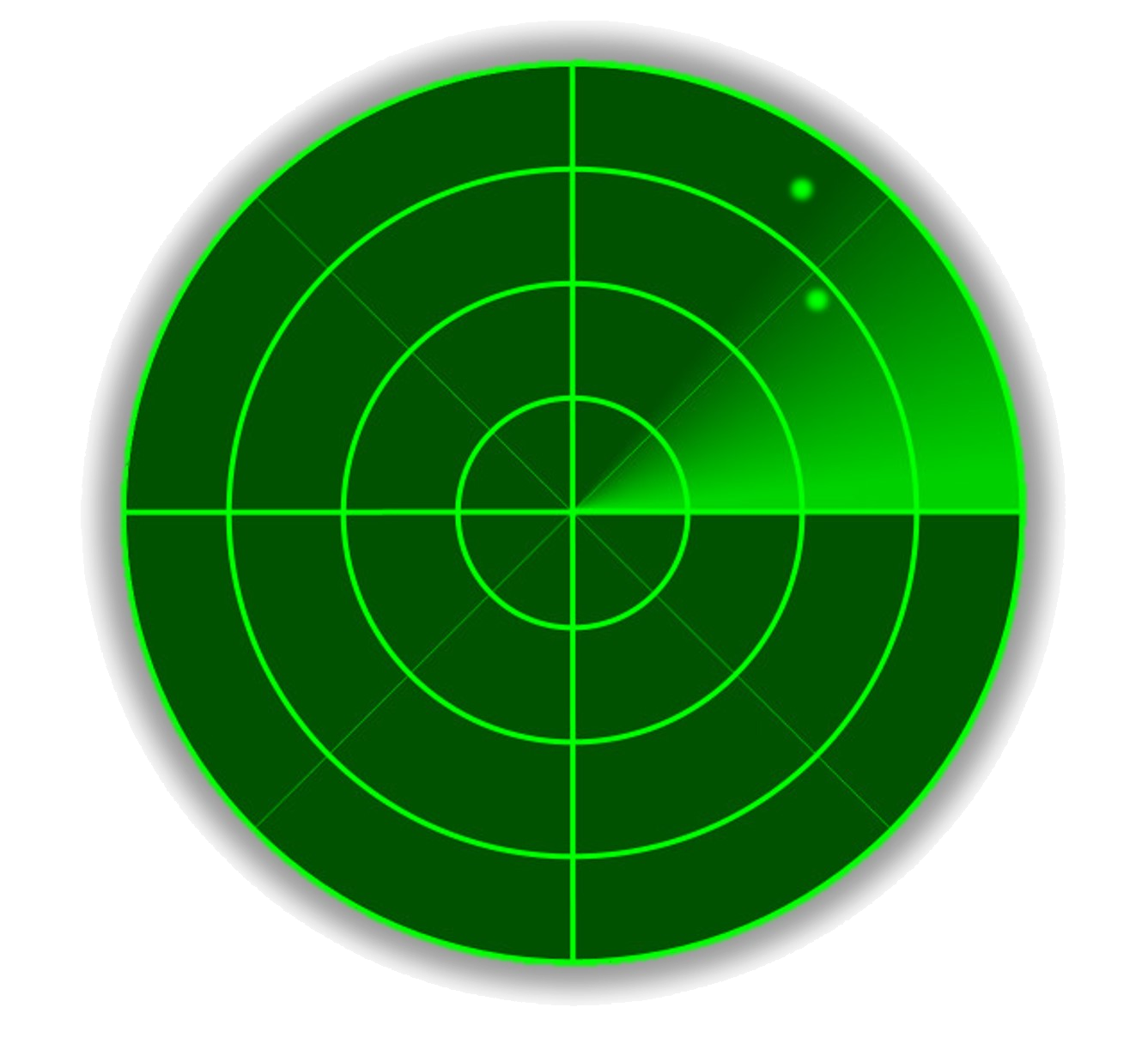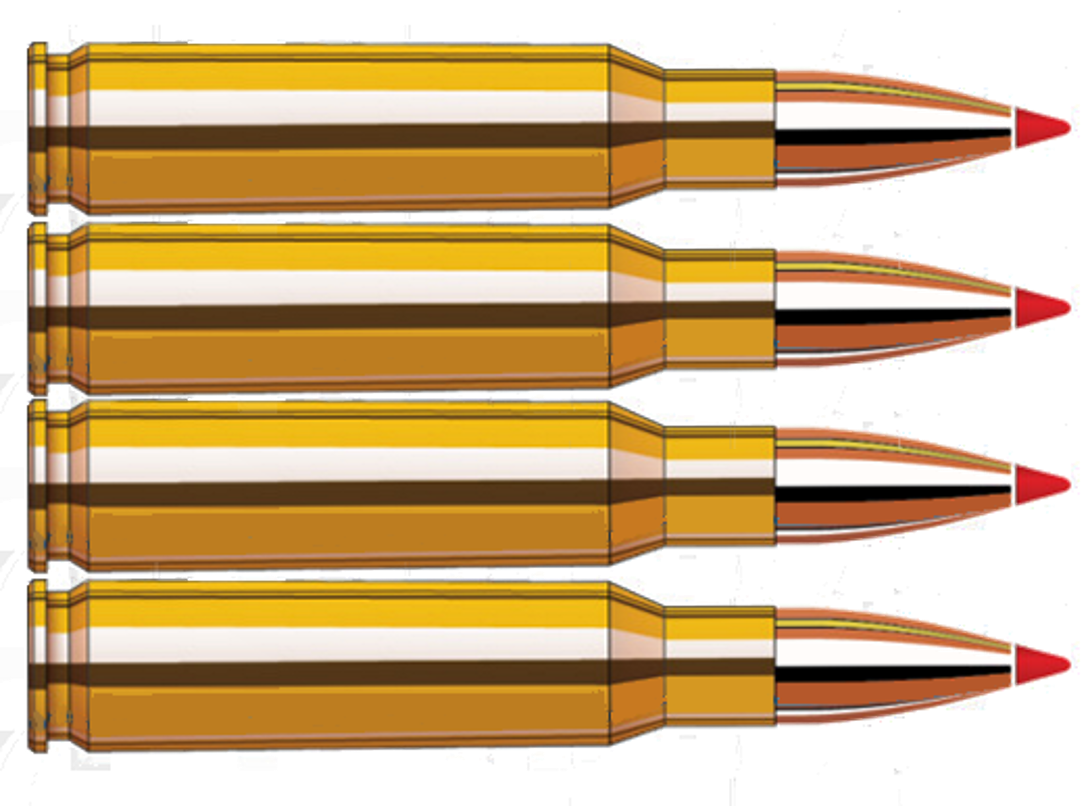Props to our readers for spreading the word about the Merge. You rock!
In return for all the SA we’ve been dishing out this year, we're asking you to crowd-source us a Christmas present: Grow our readership 46.9% by New Year’s Eve.
It’s easy: Think of 3 (or more) people who might like the Merge, tell them to get with the program, sign up, and fence in.
Use your unique referral link so we can reward you with swag! #winwin
|
Origin Story: Stealth Fighter Weapons |
Do you ever stop to consider why certain things are the way they are? We do.
Our latest rabbit hole: the F-22 Raptor and F-35 Lightning II weapons bays. Brace yourselves, there is an important lesson about assumptions you're about to learn.
What
The F-22 and F-35 were designed with narrowband, narrow aspect radar low observability in mind.
To achieve this, both aircraft were designed with weapons bays to maintain the vehicle’s outer mold line while permitting varying weapons configurations internally.
The F-22
The Raptor was designed to be a direct replacement for the air-to-air-centric F-15C, which can carry 8 air-to-air missiles. The combination of missile types has varied over the years, but the most common loadout for a generation has been 6 AIM-120s and 2 AIM-9s (the “6x2 loadout” in fighter pilot speak).
Hence, the F-22 was designed from the beginning with this 6x2 weapons configuration in mind.
The F-35
In many ways, the F-35 story is the same. The multi-national program was anchored around the F-16 with a combination of requirements from other platforms it was to replace (the A-10, AV-8B, F-16, F-18, and F-117).
The F-16 can carry 6 missiles, and the most common loadout for a generation has been a “4x2” loadout.
Ergo, the F-35 was designed to internally carry 4 AIM-120s, and externally carry 2 AIM-9s (if needed).
BL: the F-22 and F-35 were designed around the physical size of the AIM-120, a 350-pound missile that is 12-feet long and has a 7-inch diameter.
So What
Those dimensions of the AIM-120 are important because they had nothing to do with performance and everything to do with an engineering constraint that predates both of the F-22 and F-35 programs by a generation.
Flashback to the 1970s when the U.S. led a multi-national advanced medium-range missile program that would become the AIM-120. This missile would have to fit on seven different airframes from three different countries, including a certain low-cost multi-role fighter program that was also gaining multi-national buyers at the time—the F-16.
Yes, the small F-16 could carry the larger 500-pound AIM-7 Sparrow, but only two of them—hardly enough to counter the numerically-superior Russians in a Cold War European theater scenario that the Western world had been preparing for. |
 |
The F-16 needed an active radar-guided missile that was small enough to mount on the AIM-9 missile stations that had already been designed into the jet. Enter the AIM-120.
DYK: As small as it turned out to be, the original AIM-120 still wouldn’t fit into the F-22 without a modification. This led to the AIM-120C, which was redesigned with clipped fins to fit inside the weapons bay—and incorporated into all subsequent AIM-120 variants.
Wait, What?
So, the F-22 and F-35 weapons bays were determined by the size of the AIM-120...
which was largely determined by the ability to fit on an AIM-9 station…
but do you know what determined the size of the AIM-9?
The AIM-9 missile dates to the early 1950s and was developed by the U.S Navy—not the Air Force. This is an important detail because a principal design constraint was that the AIM-9 had to be small enough to fit on the carrier-based fighters of the day, the F9F-8 Cougar and FJ-3M Fury.
You may not be familiar with those jets, but you probably are familiar with one of their cousins. The FJ-3M Fury is just an over-complicated designation for a navalized F-86 Sabre.
Why this matters: The F-86 itself had a design constraint based on a requirement that was written in 1944. Because the F-86 had to reach 600 mph, the wings underwent a late-stage redesign that used a thinner wing with a 35-degree sweep (a design stolen from the Nazis btw). |
 |
TLDR: The F-22 and F-35 designs are built around an air-to-air weapon engineering constraint that traces back to the design of the wing on the Korean War era F-86.
BONUS: The F-35’s internal carriage of air-to-ground weapons built around the requirement to carry an MK-84 sized weapon…based on the MK-80 series program…a standard that was designed in 1946.
|
In That Number
269
The number of nautical miles the Army’s Lockheed Martin-developed Precision Strike Missile (PrSM) flew before the service lost telemetry contact (it kept going, but no more range data was recorded).
It technically lost contact at 499.2 km. We only highlight the metric system because it would be the first time a U.S. weapon passed the now-defunct Intermediate-Range Nuclear Forces (INF) Treaty.
The treaty had prohibited any surface-to-surface weapons in the 500km to 5,500km range.
FYI: that’s 310 statute miles for those who don’t live in the nautical mile world.
|
Trivia: What does the ‘S’ in Ulysses S. Grant stand for? |
 |
Helion Energy raised $500m to bring nuclear fusion energy to market. The impossibly promising energy source has 4x more energy than traditional nuclear power plants, with plentiful and harmless sources. It’s been theorized forever, but this time Helion Energy thinks it can be commercialized. FWIW, seven years ago the company claimed it’d be energy positive in three years.
SpinLaunch completed its first prototype flight using its kinetic launch system design. The 1/3 scale vacuum-sealed, centrifuge-type system, operating at just 20% power levels, shot a supersonic projectile tens of thousands of feet into the air. The full-scale version will spew a hypersonic rocket-shaped projectile—sans rocket—to put satellites into orbit. We can think of a few military uses for this if you adjust the angle a tad. #FOBS
The Commerce Department is placing new restrictions for how frequently US-based commercial sensing satellite companies can image certain spots on Earth. A variation of shutter control, policies like this 1) spook the herd of government-commercial collaboration, and 2) have zero impact on foreign remote sensing companies from doing it anyway. |
They Said It
“It’s just a land grab.”
— Chris Quilty, founder of Quilty Analytics, on the whopping 38,000 satellite V-band spectrum requests the Federal Communications Commission received just this week.
The race for space-based broadband networks is on, but the most difficult aspect of building a low Earth orbit broadband mega constellation is acquiring the spectrum, not building and launching satellites. |
DARPA and Dynetics finally caught one of their X-61A Gremlin drones in flight and brought it aboard a C-130 mothership. The ultimate goal: prove they can recover four drones within 30 minutes. |
During World War II, seaplanes turned out to be surprisingly useful. However, by the 1960s they had all faded from U.S. military use. Zoom in here to read a strong case for bringing them back.
OBTW: The deputy commander of Air Force Special Operations Command just visited Japan to learn more about the US-2 seaplane, the aircraft detailed in the link above. |
 |
- AeroVironment was awarded a $20.3m contract from U.S. SOCOM for Switchblade 600 loitering munitions
- General Electric announced it will split into three companies—health care, energy, and aviation
- Abu Dhabi announced a $3m prize drone competition to design an autonomous system that can search a group of ships to identify a “rogue actor”
- The Shared Spectrum Company, Peraton Labs, and Leidos were all awarded transaction agreement (OTA) contracts by the DoD to deliver electromagnetic spectrum management tools
- The Air Force Research Laboratory announced it is dabbling into 21st-century software solutions by using Google Workspace to collaborate with industry
- Dynepic revealed that its VR/AR centralized learning management system portal is being embraced across the Air Force Education and Training Command
- OneWeb and Leonardo DRS announced a partnership to offer LEO communication services for the DoD
- Israel Aerospace Industries unveiled a new family of electronic warfare systems called Scorpius
- Google launched a Google Cloud website so it can brag about its military contracts, a 180 from the days of Project Maven mil relations
- HawkEye 360 completed a $145m series D round to continue work on its RF-sniffing satellites
- Planet, a regular provider of imagery to the NRO, announced a $28m deal to acquire VanderSat, a provider of earth surface conditions (soil moisture, etc.)
- Hermeus rolled out their hypersonic aircraft prototype and lit the afterburner during a ground demo
- Viasat announced a $7.3B deal to buy British satellite fleet operator Inmarsat
- Collins Aerospace (owned by Raytheon) successfully demoed a pod-based LPI/LPD directional 5G communication system as part of DARPA’s Pheme project
- The NGA released a new commercial technology strategy
- Northrop Grumman’s Hypersonic and Ballistic Tracking Space Sensor (HBTSS) satellite passed a critical design review by the Missile Defense Agency
- The Space Force purchased 3 more GPS 3F satellites (space vehicles 15, 16, and 17) from Lockheed Martin for $737m
- The Navy announced it is testing drones for ship-to-shore and ship-to-ship autonomous resupply
|
Have friends who'd love the Merge too? Give them your unique referral link and start earning rewards when they subscribe.
Your unique referral link:
You currently have referrals
|
Trivia Answer: Nothing. Ulysses S. Grant’s phantom middle initial is the result of an error from Ohio Congressman Thomas Hamer, who accidentally wrote the future general’s name as “Ulysses S. Grant” when he nominated him to attend West Point. The name stuck, despite his efforts to correct it. Grant’s given name was Hiram Ulysses Grant. |
Get in formation and follow us! |
|
|
|
|